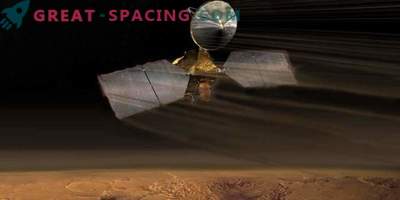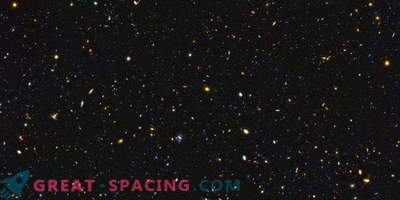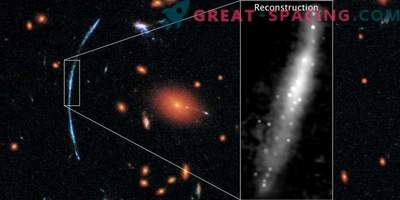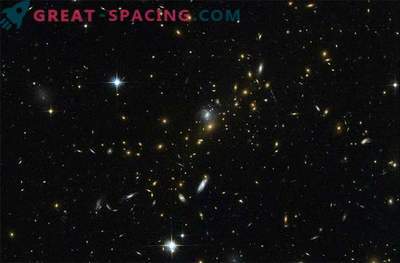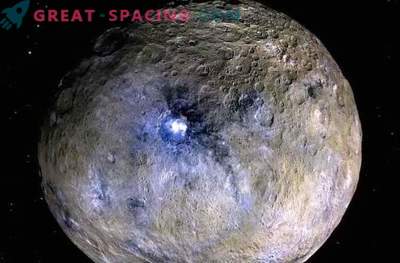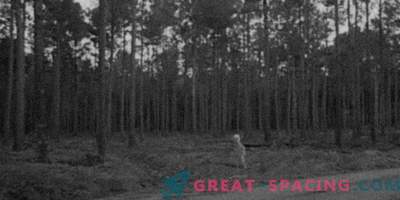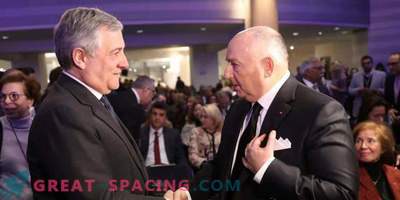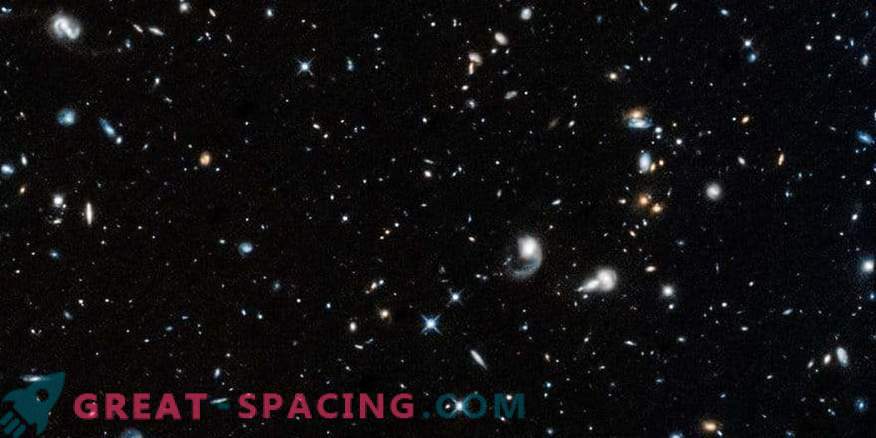
The Hubble Space Telescope photographed a field of galaxies with stellar birth, 11 billion light years away from Earth in the constellation Pegasus. This is the first photo since the restoration on October 27, 2018.
After a short break, the NASA Hubble Space Telescope officially returned to work, sending a new photo of galaxies with the birth of stars. Recall that on October 5, Hubble went into safe mode, as one of the gyroscopes (supports orientation in space) went down. After 3 weeks, the team managed to cope with the problem and put the telescope back online. After that, Hubble received a photograph of galaxies distant by 11 billion light years from Earth in the constellation Pegasus.
This is the first photo from the restored telescope. But the return was a real feat, because for the sake of it a whole team of engineers and experts had to work, who had to find new methods to fix the problem. As soon as the team learned about the breakdown, she immediately tried to fix everything, but nothing happened. I had to activate the spare gyroscope, which reported an incredible speed of rotation - 450 degrees per hour (earlier - 1 degree per hour). The Hubble telescope has 6 gyros, but usually only three are used to collect data. Two of them had failed before, so it was impossible to lose another one. I had to look for repair methods or try to get the telescope to work fully with one gyroscope, which significantly narrows the range of observation.
NASA was forced to bring in an additional expert team to find a way to repair the spare gyroscope. After several weeks of creative thinking, continuous tests and small tasks, the researchers concluded that there was a blockage. They switched the gyro between different modes of operation, and the device returned to a more normal speed.
As a result, the team loaded new software into a telescope and performed a series of practical maneuvers to simulate various scientific observations. This allowed Hubble to function with three gyroscopes. The breakdown was in some sense successful, as the team came up with a way to use only one gyroscope (it can come in handy once).




